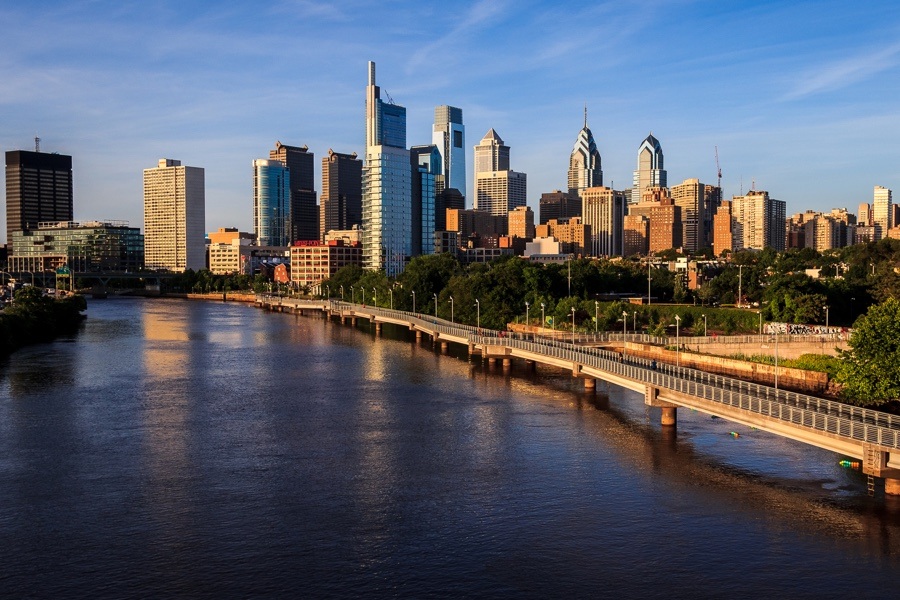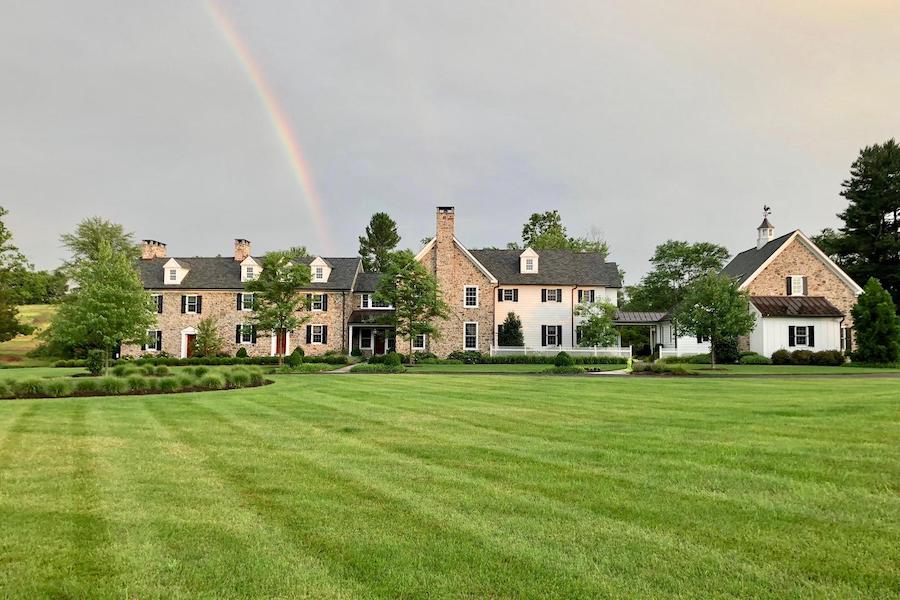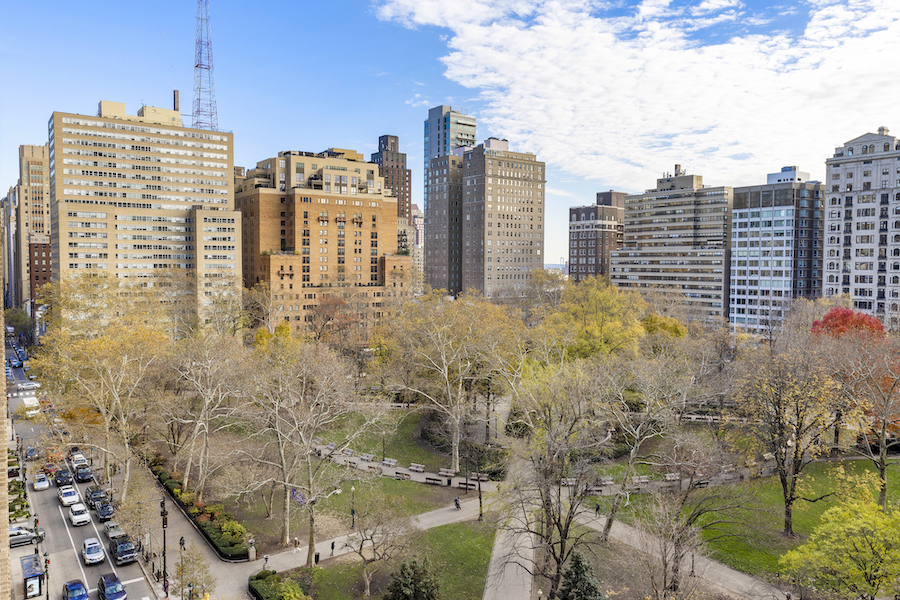Philly Places Fifth on Hot Real Estate Markets List for 2025
Local real estate analyst Kevin Gillen says Zillow got it pretty much right.

New York it ain’t, but that’s actually why New Yorkers have been scooping up Philadelphia real estate, which is a bargain by comparison. Drexel University real estate analyst Kevin Gillen says they’re one reason the local market will perform well this year. / Photograph by Alejandro Sanchez Fuentes via Getty Images
So far from God, and so close to New York?
We can debate the first part of that sentence, but Philly’s proximity to the Big Apple is one of the reasons the local market rose to the number-five spot on Zillow’s list of 10 Hottest Real Estate Markets in the U.S. for 2025.
That represents a rise of six spots from last year on the real estate site’s annual forecast of how the 50 biggest real estate markets in the United States will perform in the coming year.
And the overlap between the Philadelphia and New York regions is one reason both Zilow and Kevin Gillen, senior research fellow at Drexel University’s Lindy Institute for Urban Innovation, say Philadelphia will be hot this year even as the area real estate market is cooling down.
“It’s returning to a more balanced market,” Gillen says of the area’s real estate. “We’re not there yet, and I don’t think we’re going to hit it in 2025, but we’re definitely trending towards it, and that’s a good thing.”
Three forces are behind what he describes as a return to normal. Two of them work together to freeze out buyers: Higher interest rates and low inventories. And the former is one reason for the latter.
“It’s because of the lock-in effect,” he says. What this means is that, because supply is lower while interest rates are higher, owners of existing homes are reluctant to trade their current digs for what will likely be a smaller house for a larger monthly mortgage payment: “If you already own the Bentley, why would you trade it in for a Honda that’s even more expensive?
“The economy was the third piece,” he continues. The post-COVID run-up in prices and interest rates kept many would-be first-time buyers on the sidelines. “Middle- and upper-income buyers were doing fine,” Gillen says. “But the housing markets are like a chain of dominoes. At one end you have the first-time buyers and at the other you have the empty-nester Boomer retirees. And if one of the dominoes doesn’t tip, it locks everyone up.”
And this is where the New Yorkers come in. While lower- and moderate-income Philadelphians might find recent house prices hard to swallow, middle- and upper-income New Yorkers see bargains, especially in two local submarkets: Center City and Bucks County.

For a New Yorker looking for palatial yet affordable digs, a place like this expanded 18th-century Bucks County farmhouse near New Hope may well be the pot of gold at the end of their rainbow. / Bright MLS image via BHHS Fox & Roach Realtors
“The upscale houses, the converted barns, the stuff you see in Architectural Digest — that’s New York money” scooping them up, says Gillen. “And it’s not just New Yorkers relocating — it’s New York capital. There are a lot of funds that are buying up houses on grounds of affordability and turning them into rentals. And capital always flows to the next hot market first, and then the second-tier market. So we’re now seeing the influx of that capital.”
Gillen also described the relocating New Yorkers as that city’s second tier. “They’re not the Masters of the Universe, top of the heap, going to the Met Gala, the managing directors of investment banks and celebrity developers,” he says. “They’re successful people, don’t get me wrong — they’re partners at law firms and executive VPs at I-banks — but they can’t afford the $4- or $5-million home in Greenwich, Connecticut.
“But that $4- or $5-million home in Greenwich is a $1-, $2- or $3-million home in Bucks. And it’s a 15- or 20-minute drive to the train station, and 45 minutes later, you’re in Manhattan.

You could pay $10 million for a New York condo with a view of Central Park. Or you could pay just $4.6 million for one with a view of Rittenhouse Square like this. Which do you think a budget-conscious NYC division vice president might buy? / Photograph courtesy Southern Land Company
“And a million-dollar condo in Center City is pretty much the top of the heap as far as our region is concerned, but it’s below the median price in Manhattan. So you could live on Rittenhouse Square for a million dollars and walk to 30th Street Station if you have to be in New York City.” (And remote work may mean they don’t have to be in New York City every day.)
Thus, despite its large size, Philadelphia is something of a secondary market to New York. Which, Gillen maintains, is not all that bad a thing. And three of Zillow’s 10 hottest markets — the other two are Providence, (#3) near Boston, and Hartford (#4), halfway between Boston and New York — share that secondary status.
In the meantime, Gillen also says that the cooling of the local market is a good thing for many Philadelphians. “I think that reverting to the mean is a good thing, because it’s going to improve affordability. We need to let incomes catch up with prices, or even let prices drop a bit to come in line with incomes.”
And if that happens, those sidelined first-time buyers might enter the market again. And along with those New Yorkers, they will make this cooling market hot.
Updated January 9th, 11:05 a.m., to correct the name of the research institute at Drexel University on whose faculty Kevin Gillen sits.


